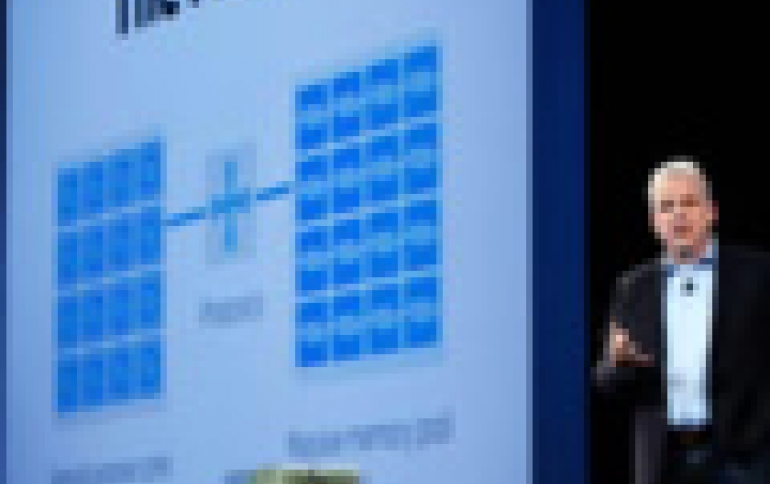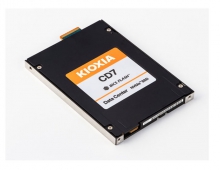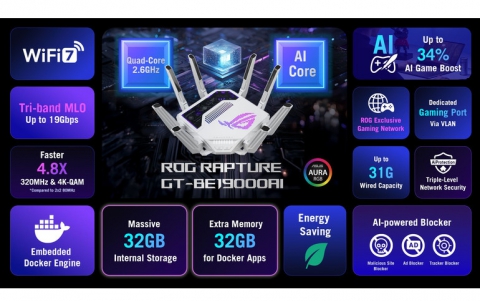
HP To Release New Operating System in 2015
Hewlett-Packard next year plans to release an operating system for a new computer called "The Machine" - the first of a new kind of computers that are much more energy-efficient and powerful than current products. HP says that The Machine is a computing model that will bear tremendous weight in the evolution of data processing and analysis. By discarding a computing model that has stood unchallenged for sixty years, HP is pushing the boundaries of the physics behind IT, using electrons for computation, photons for communication, and ions for storage.
The Machine will fuse memory and storage, flatten complex data hierarchies, bring processing closer to the data, embed security control points throughout the hardware and software stacks, and enable management and assurance of the system at scale.
HP aims to achieve all these goals primarily by using a new kind of computer memory based on an electronic component called a memristor.
A working prototype of The Machine should be ready by 2016, according to HP. However an operating system should be designed for The Machine. Called Linux++, the OS should be ready by June 2015. Software that emulates the hardware design of The Machine and other tools will be released so that programmers can test their code against the new operating system. Linux++ is intended to ultimately be replaced by an operating system designed from scratch for The Machine, which HP calls Carbon.
Existing computers store their operating systems, programs, and files on either a hard disk drive or a flash drive. HP plans to use a single kind of memory - in the form of memristors - for both long- and short-term data storage in The Machine. Memristor memory also can retain data when powered off, should be faster than RAM, and promises to store more data than comparably sized hard drives today.
The Machine’s design also includes optical fiber instead of copper wiring for moving data around. HP’s suggest that a server built to The Machine’s blueprint could be six times more powerful than an equivalent conventional design, while using just 1.25 percent of the energy and being around 10 percent the size.
But HP's plans may be faced with skepticism because the company has fallen behind its own timetable for getting memristor memory to market. The original plan was to commercialize the components in 2010, and the first products were predicted for 2013.





















